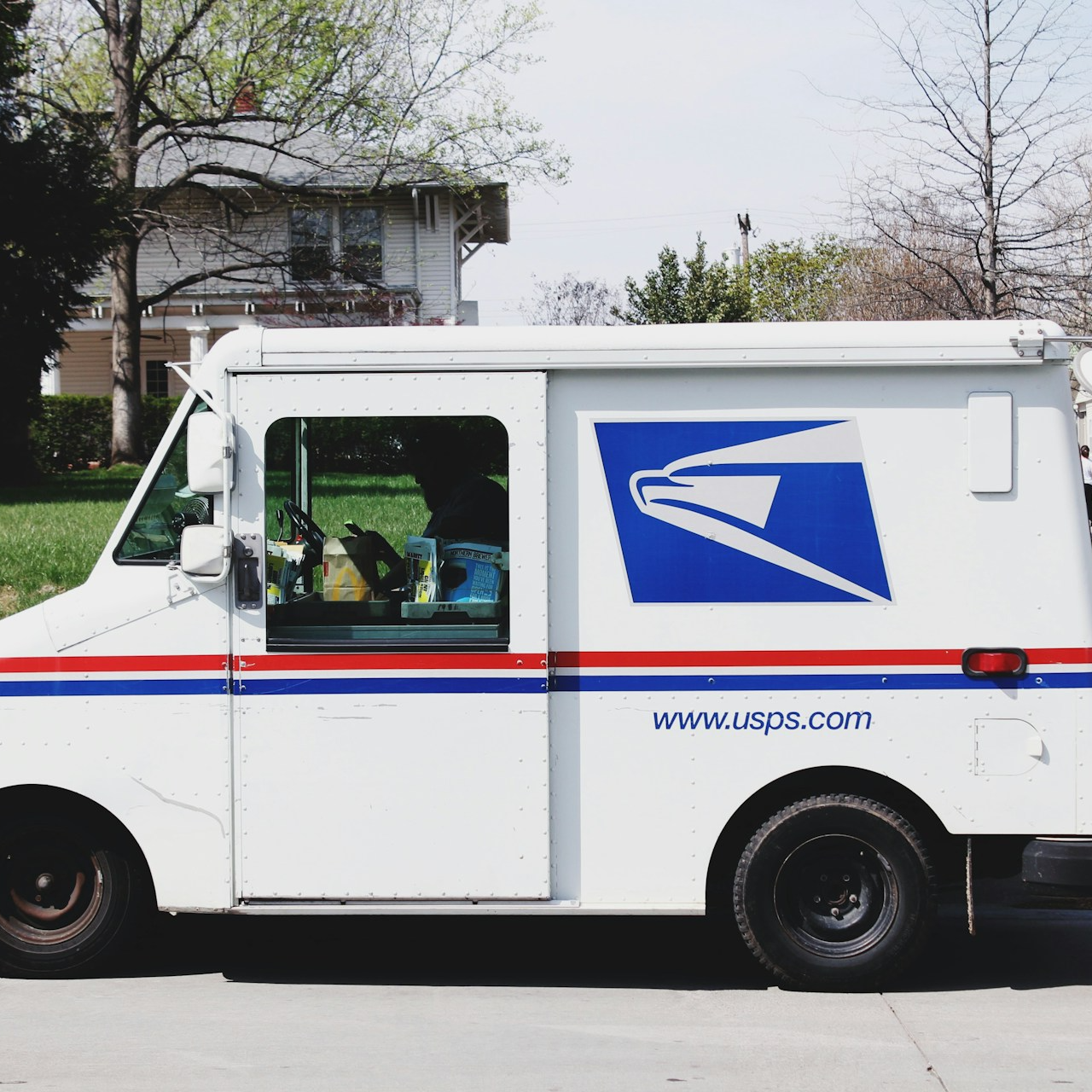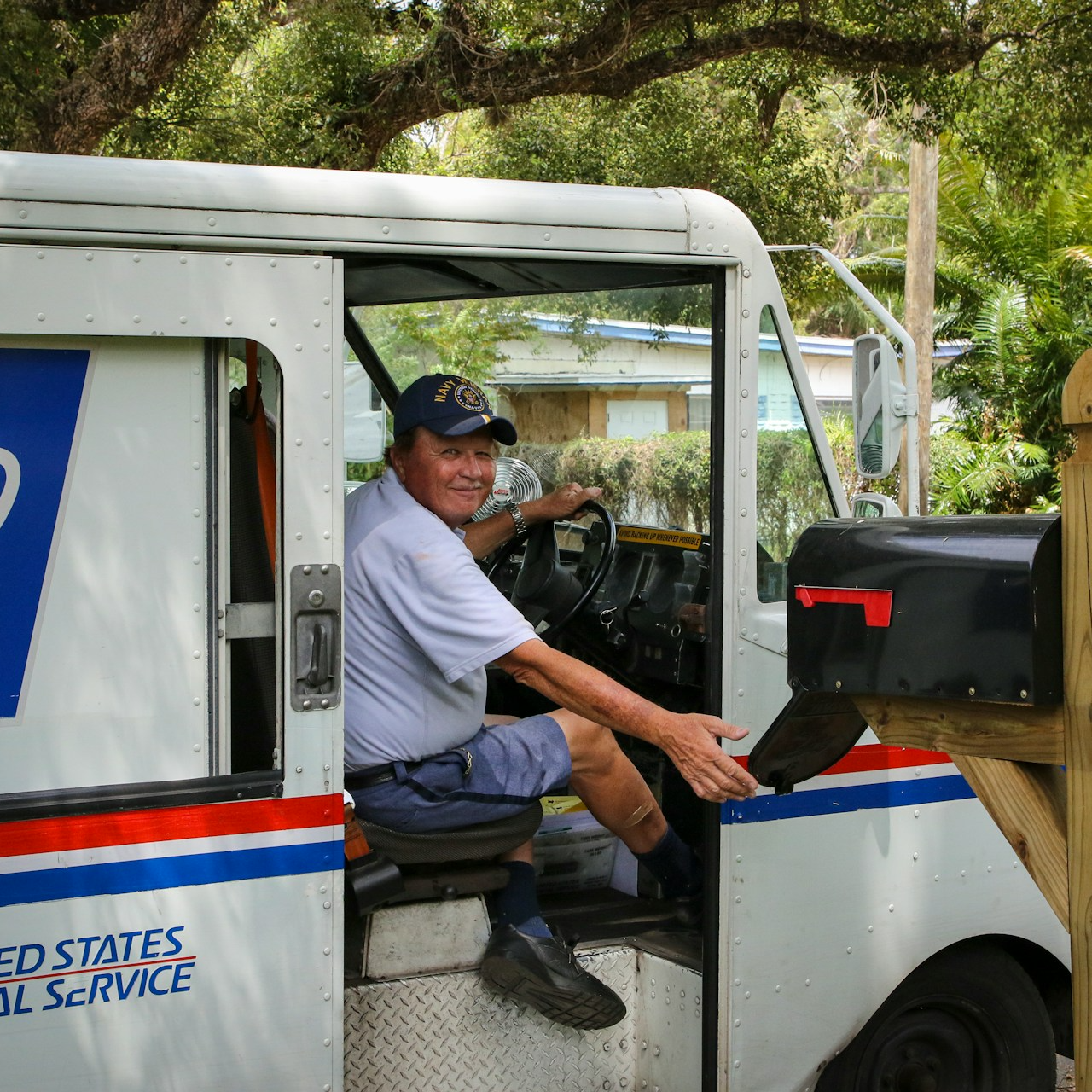Key Takeaways
- The new Postal Service Health Benefits (PSHB) program introduces tailored health plans designed specifically for USPS employees and retirees, offering more flexibility and choice starting in 2025.
- Understanding how PSHB integrates with Medicare and what changes you can expect is crucial for making informed decisions about your healthcare coverage.
What Is the Postal Service Health Benefits Program?
If you’re a USPS employee, retiree, or family member, 2025 marks a significant shift in your health insurance coverage. The Postal Service Health Benefits (PSHB) program is replacing the Federal Employees Health Benefits (FEHB) program exclusively for postal workers and retirees. This change is designed to provide health plans better aligned with your unique needs, offering more choices, flexibility, and potential cost savings.
But what does this mean for you? Let’s explore what’s new, what stays the same, and how to navigate these changes smoothly.
Why the Shift to PSHB?
The move to PSHB is part of broader postal reform efforts aimed at addressing financial challenges within USPS. By transitioning to a health benefits program specifically designed for postal workers, the goal is to streamline administrative costs while enhancing plan options for you. The PSHB plans are expected to:
- Offer targeted benefits designed for postal employees and retirees.
- Align better with Medicare for eligible retirees, reducing redundancies.
- Provide comprehensive coverage options for active employees.
For USPS, this change helps control rising healthcare costs while maintaining strong health benefits for its workforce. For you, it means health plans tailored to your needs.
Key Differences Between PSHB and FEHB
If you’re familiar with FEHB, you’ll notice some important changes under PSHB. Here are the key differences:
1. Medicare Integration for Retirees
Under PSHB, Medicare-eligible retirees and their family members must enroll in Medicare Part B to keep their PSHB coverage. This integration is designed to reduce your out-of-pocket expenses by combining Medicare with your PSHB plan for more seamless coverage.
2. Automatic Enrollment
If you’re currently enrolled in FEHB, you’ll be automatically moved to a corresponding PSHB plan unless you choose a different one during Open Season. However, it’s a good idea to review your options to ensure your new plan meets your needs.
3. Tailored Plan Choices
PSHB plans are designed specifically for USPS employees, so you’ll find coverage options and benefits that are more relevant to your work and retirement needs compared to the broader FEHB plans.
What to Expect in 2025
2025 is the first year PSHB plans will take effect. If you’re wondering what this transition will look like, here’s a breakdown:
Open Season
The Open Season for PSHB runs from November 11 to December 9, 2024. This is your chance to compare plans, make changes, or confirm your enrollment. If you do nothing, you’ll be automatically enrolled in a corresponding PSHB plan.
Medicare Enrollment
For retirees, enrollment in Medicare Part B will be required to maintain PSHB coverage. If you’re already retired and not enrolled in Part B, you may need to sign up during a Special Enrollment Period without penalties. Exceptions apply for those retired before January 1, 2025.
New Plan Benefits
Expect updated plan options with features such as expanded provider networks, integrated prescription drug coverage, and benefits designed with USPS workers in mind.
How Does PSHB Work With Medicare?
If you’re approaching retirement or already retired, understanding how PSHB works with Medicare is essential. Here’s how the integration can benefit you:
Lower Out-of-Pocket Costs
When combined with Medicare, PSHB plans are designed to reduce your costs by coordinating benefits. For example, Medicare covers primary expenses, while your PSHB plan handles additional coverage like copayments or deductibles.
Enrollment Requirements
To keep your PSHB coverage, you must enroll in Medicare Part B if you’re eligible. This might mean higher premiums for Medicare, but the coordination with PSHB can make it worthwhile by lowering your overall healthcare expenses.
How to Prepare for the Transition
With the transition to PSHB approaching, preparation is key to making the most of your health benefits. Here’s how you can get ready:
Review Your Current Plan
Take a close look at your current FEHB plan. Does it meet your needs, or are there gaps in coverage? Use this information to evaluate new PSHB options during Open Season.
Understand Medicare Requirements
If you’re Medicare-eligible, ensure you’re enrolled in Part B. If not, research your options for enrolling without penalties.
Explore PSHB Plan Options
During Open Season, compare the available PSHB plans. Look for features like network providers, prescription drug coverage, and costs that fit your budget.
Seek Assistance
If you’re unsure about your options, don’t hesitate to contact USPS Human Resources or the Office of Personnel Management (OPM) for guidance.
PSHB Enrollment Timeline
Here’s a quick timeline to help you stay on track:
- Now through Open Season (2024): Research your options and prepare for the transition.
- November 11 – December 9, 2024: Enroll in a PSHB plan or confirm automatic enrollment.
- January 1, 2025: New PSHB plans take effect.
- Throughout 2025: Monitor your coverage and make note of any changes for the next Open Season.
The Benefits of Tailored Health Plans
One of the most significant advantages of PSHB is the tailored approach to health coverage. Unlike FEHB, which serves a broad range of federal employees, PSHB is specifically designed for USPS workers. Here’s what that means for you:
More Relevant Coverage Options
Whether you’re an active employee or a retiree, PSHB plans focus on the unique challenges you face, from work-related health needs to managing retirement healthcare costs.
Potential Cost Savings
With the integration of Medicare and PSHB, retirees can benefit from reduced out-of-pocket expenses. For active employees, tailored plans may offer better coverage at competitive costs.
Simplified Plan Choices
Because PSHB plans are exclusively for USPS employees, you won’t have to sift through options meant for a broader audience.
Common Questions About PSHB
Will I Lose My Coverage if I Don’t Enroll in Medicare Part B?
If you’re a Medicare-eligible retiree, you must enroll in Part B to maintain PSHB coverage unless you qualify for an exception. Active employees are not affected by this requirement.
What Happens if I Don’t Choose a Plan During Open Season?
You’ll be automatically enrolled in a corresponding PSHB plan based on your current FEHB coverage. However, it’s still wise to review your options to ensure the new plan meets your needs.
Can I Keep My Current Doctors?
Most PSHB plans will offer extensive provider networks, but it’s essential to confirm that your preferred doctors and hospitals are included.
Why PSHB Matters
The introduction of PSHB is a pivotal moment for USPS employees and retirees. It represents a move toward more specialized, flexible health coverage options that address the specific needs of postal workers. While the transition may feel overwhelming, it also brings opportunities to better tailor your healthcare coverage to your individual needs.
Preparing for a New Chapter in Health Benefits
As you prepare for the transition to PSHB, take the time to understand the changes, explore your options, and make informed decisions. This new program is designed with your unique needs in mind, offering the chance to access better coverage and support as you navigate your health and retirement goals.












